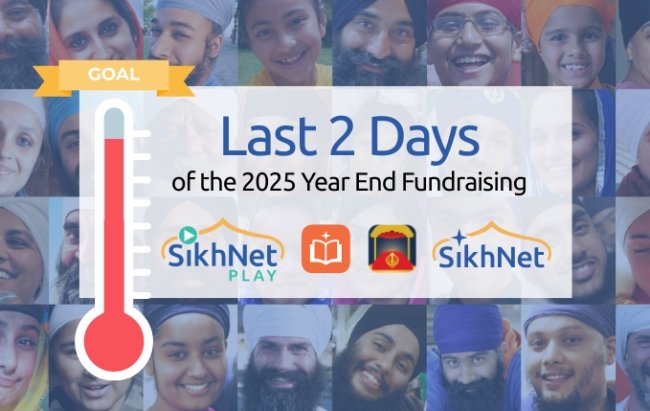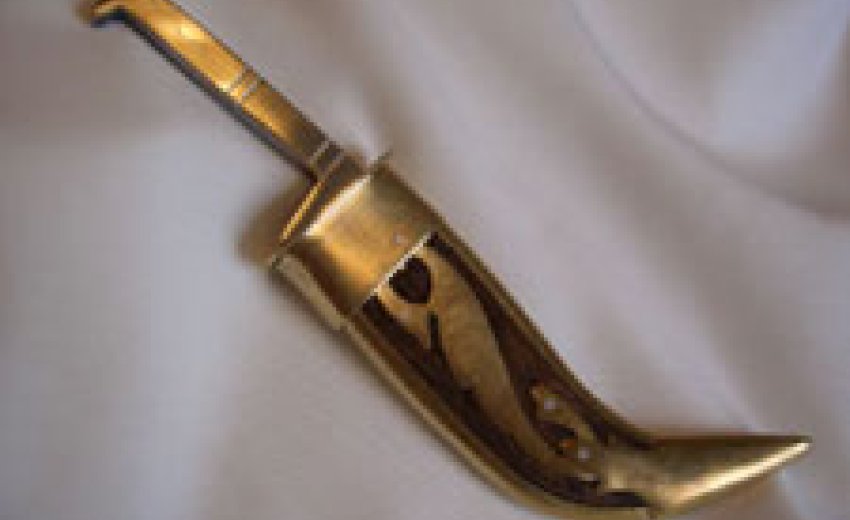MONTREAL, Sept. 26 (UPI) -- A 13-year-old Sikh boy in Canada pleaded innocent to charges he threatened two classmates with a ceremonial dagger.
Appearing in Montreal Youth Court this week, the unidentified teenager said he didn't use a ceremonial kirpan to threaten two classmates in an alleged incident Sept. 11 and has asked the court to grant him a speedy trial, The Gazette said Friday.
Montreal police have accused the teen of responding to an argument with two classmates by threatening them with the religious dagger.
One of the boy's defense lawyers has accused the Marguerite-Bourgeoys school board of targeting the Cavelier de LaSalle secondary school student because of his religion.
“I think that what we’re witnessing - it’s my opinion and the court will decide - is a deep bias against the kirpan that has never died in Quebec…” he said.
"I'm a great admirer of Quebec, but on this issue there's dissonance. Quebec is so obsessed with kirpans. There's something unhealthy about it," lawyer Julius Grey, whose client's trial begins on Oct. 29, told the Globe & Mail.
And now a post from from the Langar Hall on this topic...
The kirpan and Montreal’s assault case against a Sikh youth
Earlier today I stumbled on this article in the Montreal Gazette detailing the suspension, and now calls for a speedy trial, for a Sikh boy accused of assault:
The teenager made his first appearance on the charges in Montreal Youth Court yesterday where he pleaded not guilty to three counts alleging he used a kirpan, a Sikh religious object that resembles a dagger, to threaten his schoolmates.
This case comes on the heels of another landmark Quebec case in which Canada’s Supreme Court unanimously voted to protect the right of Sikh school children to wear the kirpan (with some limitations on its use) in 2006.
But did the boy actually draw, or use, his kirpan during the argument? At first blush, it sounds like this was a schoolyard disagreement, but if the boy drew his kirpan it would be incredibly inappropriate, both under dharmic understandings and under school policy. But on reinspection, it’s unclear if this incident actually ever happened, or if this is a racist reaction against the kirpan. The boy’s lawyer, the same man who argued the Supreme Court case for accommodation of the kirpan, believes the reaction is racist:
Grey accused the Montreal police and the Marguerite Bourgeoys school board of “overreacting.” He also said a large part of Quebec society has never accepted the Supreme Court’s decision.
“I think that what we’re witnessing - it’s my opinion and the court will decide - is a deep bias against the kirpan that has never died in Quebec…”
If his lawyer is correct, then this brings up a larger issue: how do inclusion policies and values translate on the ground if a region or group is hostile to accommodation?
Legal protection of the kirpan is vitally important and relevant and worth protecting, but, if this incident did not take place, how many Sikh children will be pressured, harassed, and suspended from schools for exercising their right to practce their faith? In this case, the school board is not an advocate for the Sikh child (and in the previous kirpan case, when the school drafted an accommodation policy it was invalidated by the school board as well); if that democratic channel fails, then how can we support families in this position?

